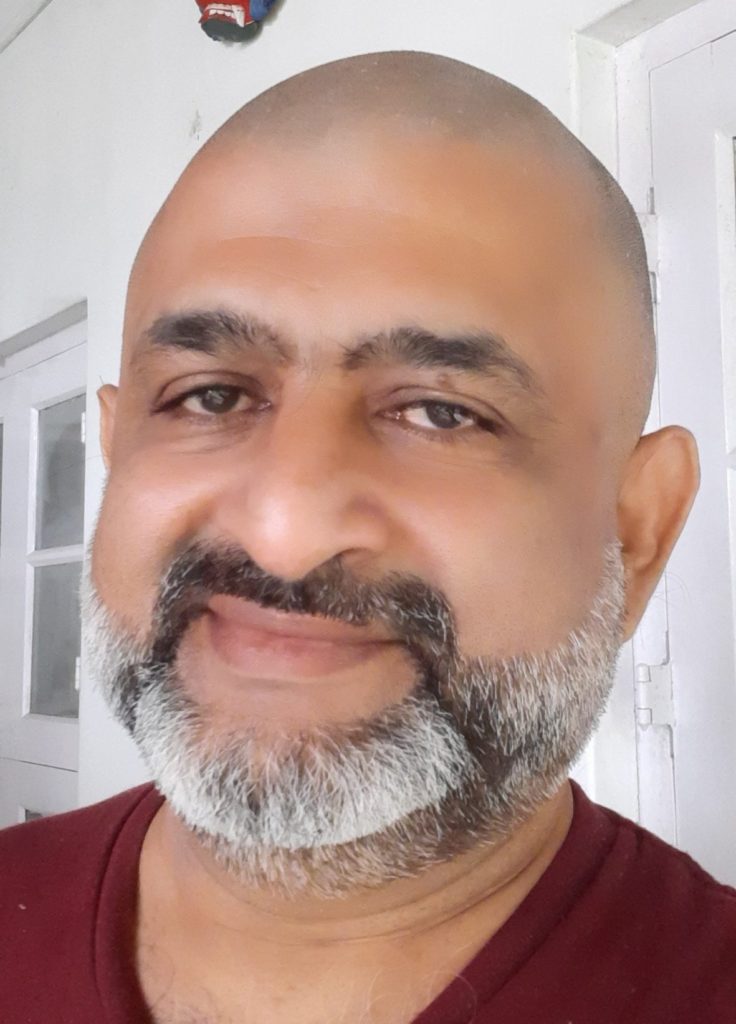Join Mathai Fenn (PhD) for a 12-week journey through the intellectual landscape of India. Explore the reasons that has made India the destination for so many generations of people who have felt that there must be more to life than meets the eye.
“Three years ago, I was Siddhartha the Brahman’s son who left his home to become a sadhu. However that was yesterday, today I have entered a new path, that leads to your garden……”
Siddhartha – Hermann Hesse
Hermann Hesse’s Siddhartha is a novel about the seeker ( Click here for book summary at SparkNotes). According to Indian Philosophy, the purpose of our human life is to find ourselves, our own true nature, true self, our soul. Everything else is temporary. The search for our true self is simultaneously the search for God. Only an outsider can describe this quintessential aspect of Indian culture. Although Hesse was German-Swiss, his grandfather, Hermann Gundert had spent many years in India and was the force behind translating the Bible to Malayalam, the language of the state of Kerala in India.

Your guide, Dr Mathai Fenn holds a PhD in Psychology and a life long interest in the spiritual and philosophical schools of India. Born to a family of Practicing Christians in a country where Christians were a minority of less than 5%, his passion lies in introducing Indian Philosophy to beginners. This includes non-indians who are curious to know about Indian Philosophy as well as ethnic Indians who do not feel connected to their own spritiual and intellectual roots.
Every day, a reading from the Siddharta is followed by a discussion of its context. The first paragraph of the book reads ….
“In the shade of the house, in the sunshine of the riverbank near the boats, in the shade of the Sal-wood forest, in the shade of the fig tree is where Siddhartha grew up, the handsome son of the Brahman, the young falcon, together with his friend Govinda, son of a Brahman. The sun tanned his light shoulders by the banks of the river when bathing, performing the sacred ablutions, the sacred offerings. In the mango grove, shade poured into his black eyes, when playing as a boy, when his mother sang, when the sacred offerings were made, when his father, the scholar, taught him, when the wise men talked. For a long time, Siddhartha had been partaking in the discussions of the wise men, practising debate with Govinda, practising with Govinda the art of reflection, the service of meditation. He already knew how to speak the Om silently, the word of words, to speak it silently into himself while inhaling, to speak it silently out of himself while exhaling, with all the concentration of his soul, the forehead surrounded by the glow of the clear-thinking spirit. He already knew to feel Atman in the depths of his being, indestructible, one with the universe.”
While this is a good description of many villages in India until a few years ago, it also speaks of the nature of the Awakening. Although the paragraph depicts an idyllic setting, Siddhartha finds something missing. Popular accounts would blame technology or at least materialism. But it was not materialism that made Siddhartha restless. Indeed he already had the basic training in spiritual exercises from his family of priests. Sacred chants and hymns were as much a part of his life as was the river, the sun and the mango trees, yet he is not satisfied. Do you hear The Call?
To find out when the course is running next and to pre-register, click here.